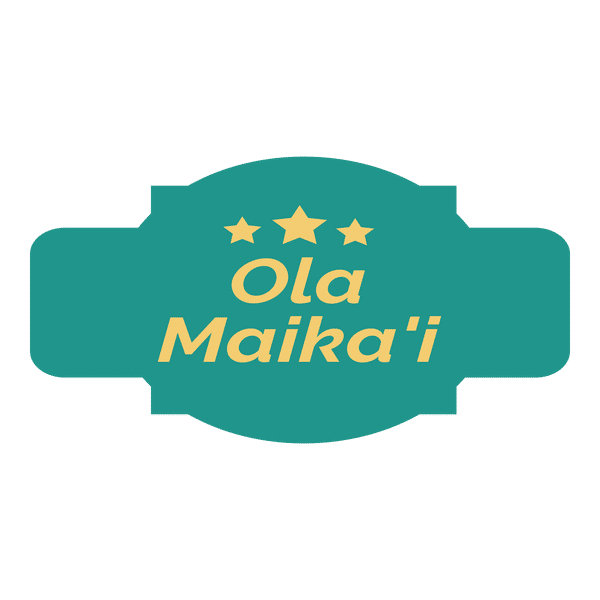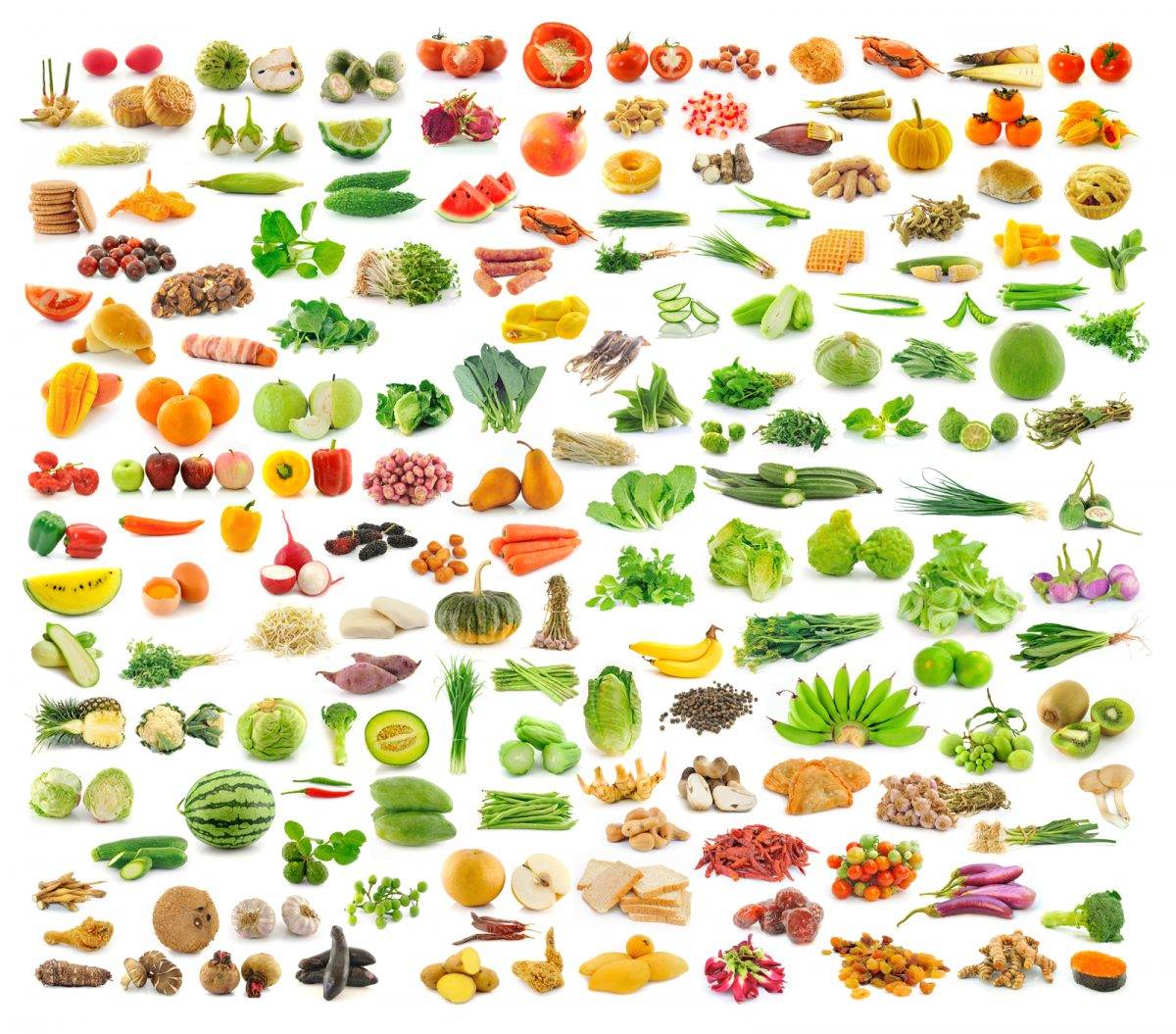While on a ketogenic diet, ensuring that you eat within the diet’s restrictions is very important. This is vital for the individual to remain in a state of ketosis.
Going out of ketosis can be as simple as eating one or two meals not recommended on the diet. However, coming back into ketosis is another entirely different story. This can often take days or weeks, depending on how strict you become when you return to the diet.
Key Takeaways
- Focus on using high-quality proteins, and supplement with nuts and seeds.
- Don’t be afraid to use flavor enhancers like herbs, spices, and high-quality sea salt.
- Make sure you drink enough water while on a ketogenic diet.
Meals in a ketogenic diet comprise three basic food types. These are the following:
- Fruit and vegetable
- Protein-rich food
- Fat source
Fats
Ketogenic diets involve the consumption of increased amounts of fats in the diet. They can come as part of cooking or as sauces and dressings.
The best types of fats are those medium-chain triglycerides (MCTs). These include both MCT oil and coconut oil. Medium-chain triglycerides are easily metabolized to produce ketones. Some other equally good fats for ketosis include:
- Salmon, Shellfish, Trout, Tuna
- Olive oil, Avocado, Butter, Cheese, Egg yolks
- Non-hydrogenated oils (when cooking)
- Coconut oil, Beef tallow
- Sunflower oil
- Other fat sources:
- Chicken skin, Coconut butter, Peanut butter, Fat on meats
Proteins
When buying your protein foods, always try to choose grass-fed, organic, and humanely raised meat and wild-caught seafood. They have not been exposed to added hormones, antibiotics, and other potential toxins besides offering more nutrients.
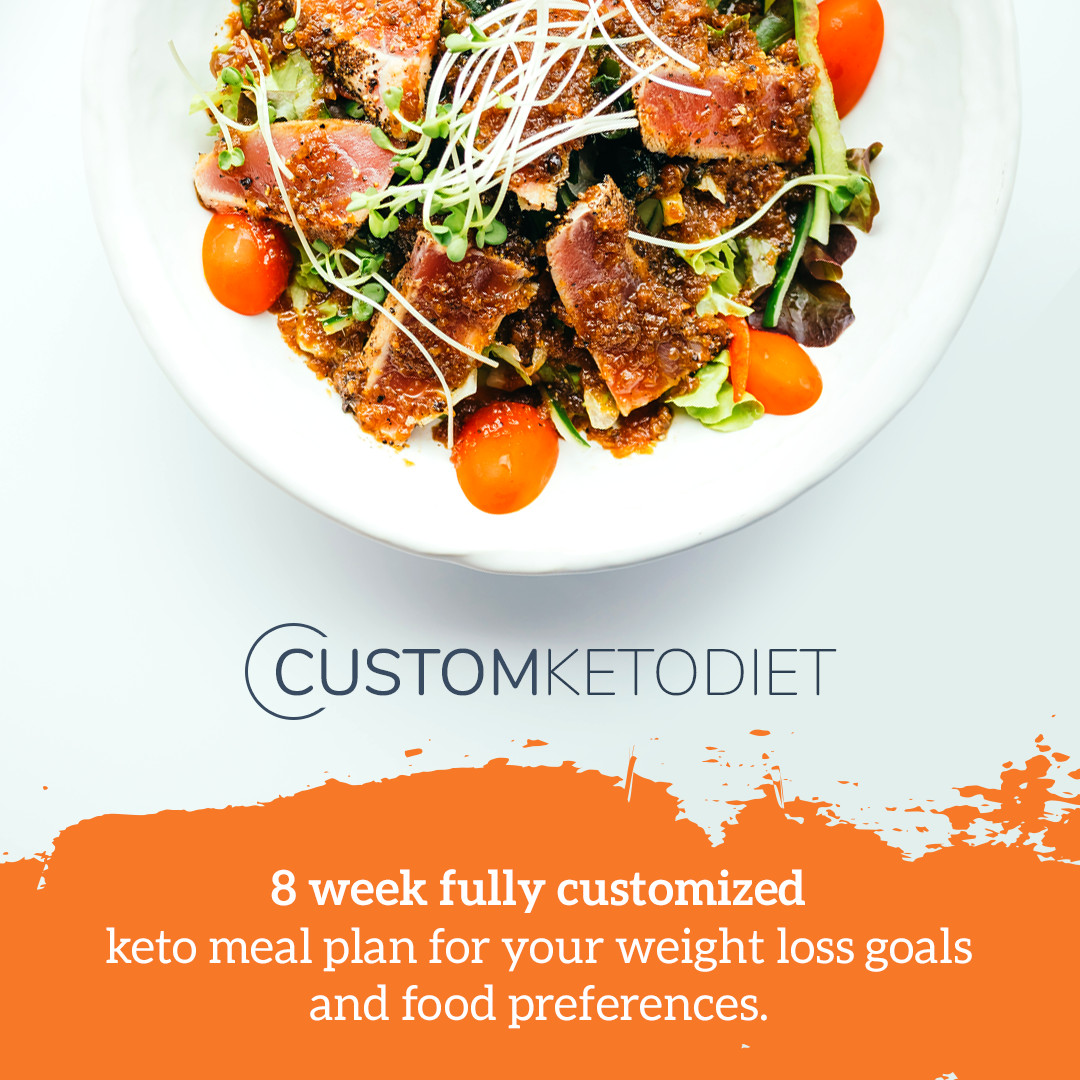
Meat
The ketogenic diet accepts any meat. There is no discrimination about the type of cut or preparation.
Beef, Goat, Lamb, Pork, Veal, Venison
Poultry
Any poultry is also allowed by the diet. You can improve the content of the meal by leaving the skin on. However, breading and batter should not be used to prepare poultry as they are usually high in carbohydrates. Other than that, you can prepare your poultry to your liking.
Chicken, Duck, Goose, Ostrich, Partridge, Pheasant, Quail, Squab, Turkey
Seafood
Another great source of protein is seafood. Seafood is a great source of omega-3 fatty acids. They also have high amounts of minerals and vitamins to help keep you well-nourished and healthy.
Clams, Crab, Lobster, Mussels, Oysters, Prawns, Scallops, Shrimp, Snails
Fish
Fish have good amounts of omega-3 fatty acids. You should go for fish that are caught in the wild and also in mercury-free areas.
Ahi, Catfish, Cod, Flounder, Halibut, Herring, Lobster, Mackerel, Mahi-mahi, Mussel, Salmon, Sardines, Scallops, Snapper, Squid, Swordfish, Trout, Tuna, Walleye
Carbohydrates
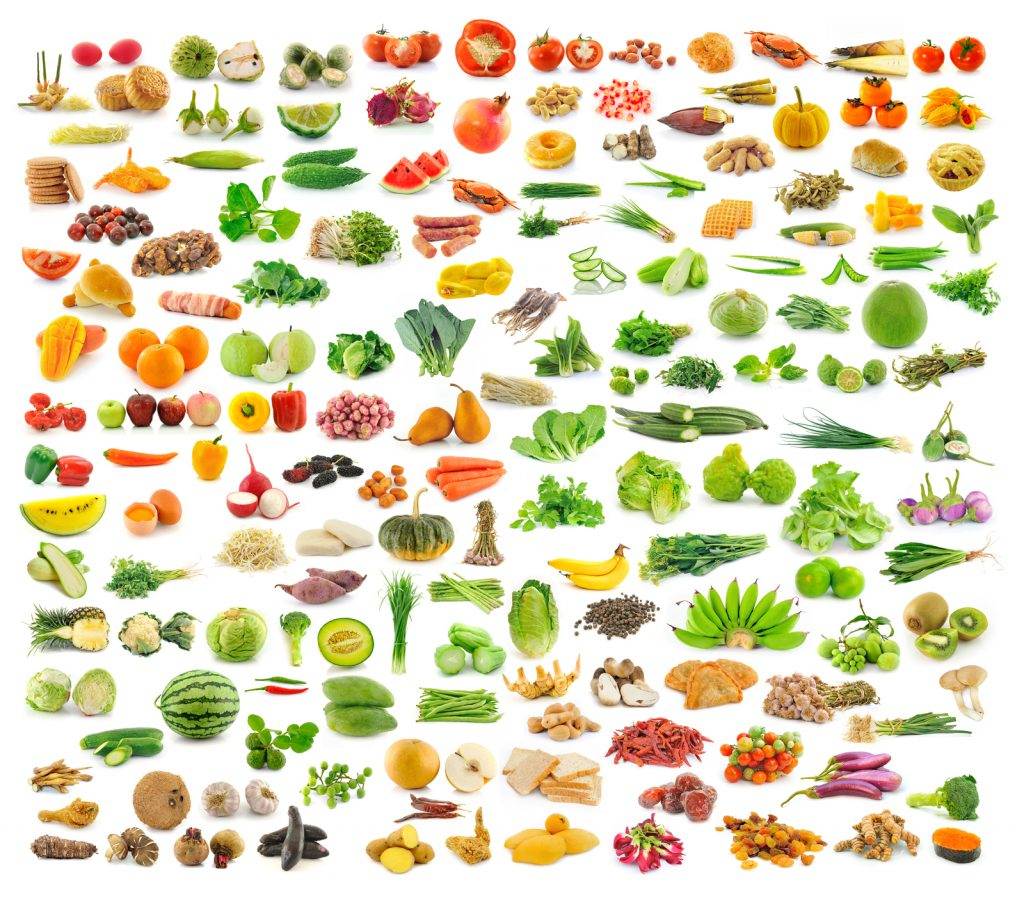
Vegetables
Vegetables are the primary source of carbohydrates on a ketogenic diet. When you are buying vegetables, always opt for organically grown vegetables. Also, dark leafy vegetables contain the least carbohydrates with good nutritional value.
Arugula, Asparagus, Bok choy, Broccoli, Cabbage, Cauliflower, Celery, Collard greens, Endive, Garlic, Kale, Kelp, Lettuce, Mushrooms, Onions, Peppers, Radishes, Seaweed, Spinach, Swiss chard, Watercress
Milk and Dairy Products
These are essential in a ketogenic diet. Grass-fed and organic sources are preferable. The full-fat variety is better suited for the ketogenic diet than the fat-free and low-fat verities.
Butter, Cheddar, Crème fraîche, Heavy cream, Mozzarella, Sour cream, Cream cheese, Mascarpone cheese, Cheeses, Hard cheeses
Nuts
Moderate amounts of nuts and seeds are allowed on the ketogenic diet. Nuts and seeds are rich in protein, fats, and carbohydrates. The nut varieties’ total fat, protein, and carbohydrate content should be checked and added to the total daily calorie calculation.
Roasted nuts and seeds are the best. Anything that may cause harm or interfere with ketosis in the body has been removed from them through the roasting process.
Nuts should be used mostly as a snack
Almonds, Macadamia, and Walnuts are some of the best
Some nuts have a high content of omega-6 fatty acids, which can cause inflammation in the body
However, they can hold some people back from their goals. If your weight loss is purely your purpose of using the ketogenic diet, then it would be advisable to remove nuts and seeds to improve your results.
Almonds, Brazil nuts, Hazelnuts, Pine nuts, Macadamia nuts, Pecans, Pili nuts, Pumpkin seeds, Sesame seeds, Sunflower seeds, Walnuts
Herbs and Spices
After some time on the ketogenic diet, the foods may become boring. However, adding spices to your meals can help spice things up. You can add fresh and dry spices to your meals and even beverages so that they become more enticing and exciting to the palate.
Spices and fresh herbs are some of the most nutrient-dense foods on the planet you can eat. Adding spices to your meal not only adds more flavors to the meals but also offers various health benefits to your body.
Spices contain carbohydrates; thus, you should add them to your daily carbohydrate count. Also, endeavor to check the labels of pre-made spice mixes for their accurate carbohydrate content, as they usually contain added sugars.
Salt also enhances flavors. It is best you choose high-quality sea salt instead of traditional table salt. Unprocessed salts such as Celtic or Himalayan sea salt provide you with more than eight trace minerals your body needs to perform optimally.
Anise, Annatto, Basil, Bay leaf, Black pepper, Caraway Cardamom, Cayenne pepper, Celery seed, Chervil, Chili pepper, Chives, Cilantro, Cinnamon, Cloves, Coriander, Cumin, Curry, Dill, Fenugreek, Galangal, Garlic, Ginger, Lemongrass, Licorice, Mace, Marjoram, Mint, Mustard seeds, Oregano, Paprika, Parsley, Peppermint, Rosemary, Saffron, Sage, Spearmint, Star anise, Tarragon, Thyme, Turmeric, Vanilla beans
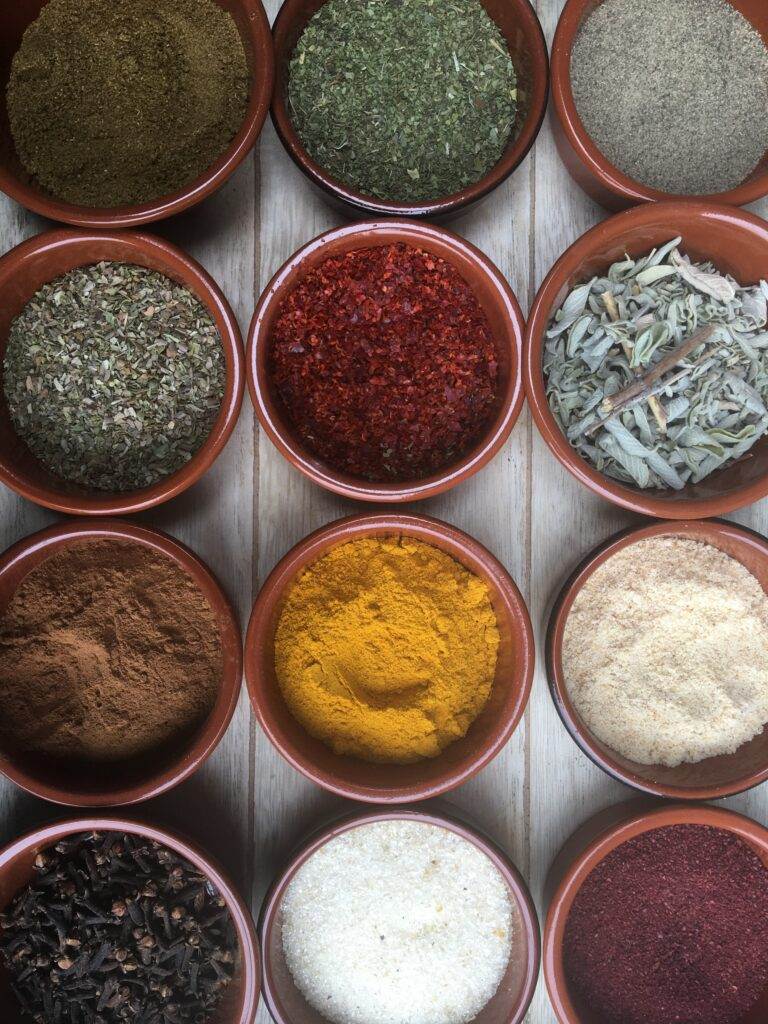
Sweeteners
Adding artificial sweeteners to your meals can help curb cravings for carbohydrates and sweets. Sweeteners help a lot of people to be able to adhere to the ketogenic diet.
However, natural sweeteners such as honey, maple syrup, and agave raise blood sugar levels which not only cause inflammation but can also kick you out of ketosis.
The following is a list of recommended sweeteners that have little effect on blood sugar.
Allulose, Blended sweeteners (Swerve, Lakanto, Sukrin), Erythritol, Monk Fruit, Stevia, Stevia glycerite (a thick liquid form of stevia), Sucralose, Xylitol
Beverages
Using a low carbohydrate diet like the ketogenic diet has a diuretic effect on the body. Carbohydrates draw water to them, which causes water retention in the body. However, the reduced carbohydrate intake in a ketogenic diet leads to much water loss as less water is retained in the body and more is excreted.
This diuretic effect can easily lead to dehydration. Therefore you need to drink a lot of water – well above the recommended intake of 8 glasses – when you are on a ketogenic diet. This will help you to reduce the risk of bladder pain and urinary tract infections.
Besides water, you can add other beverages like coffee and tea to help keep you hydrated throughout the day. Both of these do not significantly affect the ketosis state.
However, added substances like sugar and milk might affect the ketosis state. As a result, it would be best to avoid the sugar completely and use either full cream or artificial sweeteners with your coffee or tea.
Another way to increase your beverage intake is to make vegetable juice by combining varieties of the approved vegetable types. You can also use power smoothies or protein shakes instead of fruit smoothies, as the fruits contain sugars (fructose) that can kick you out of ketosis.
Below are some additional beverages you can consume to help keep you hydrated:
Unsweetened almond milk, Unsweetened cashew milk, Unsweetened coconut milk, Unsweetened hemp milk, Green tea, Herbal tea, Organic caffè Americano (espresso with water), and Mineral water.
Frequently Asked Questions
What are the primary food types in a ketogenic diet, and what are some examples of each?
The primary food types in a ketogenic diet are fruits or vegetables (e.g., spinach, kale), protein-rich foods (e.g., beef, chicken, fish), and fat sources (e.g., MCT oil, salmon, avocado). The best fats include medium-chain triglycerides, like MCT and coconut oil, and other good fats for ketosis, such as olive oil, butter, and cheese.
How can I keep myself hydrated while on the ketogenic diet, and what beverages are acceptable?
The ketogenic diet has a diuretic effect, so drinking well above the recommended intake of 8 glasses of water daily is essential. Besides water, other acceptable beverages include unsweetened almond milk, green tea, herbal tea, and mineral water. Care should be taken with coffee or tea to avoid sugar, and use either full cream or artificial sweeteners instead.
Are sweeteners allowed in a ketogenic diet, and if so, what types are recommended?
Yes, sweeteners can be used in the ketogenic diet to curb cravings for carbohydrates and sweets. Recommended sweeteners that have little effect on blood sugar include allulose, erythritol, monk fruit, stevia, and xylitol. Natural sweeteners like honey and maple syrup should be avoided as they raise blood sugar levels and kick you out of ketosis.
